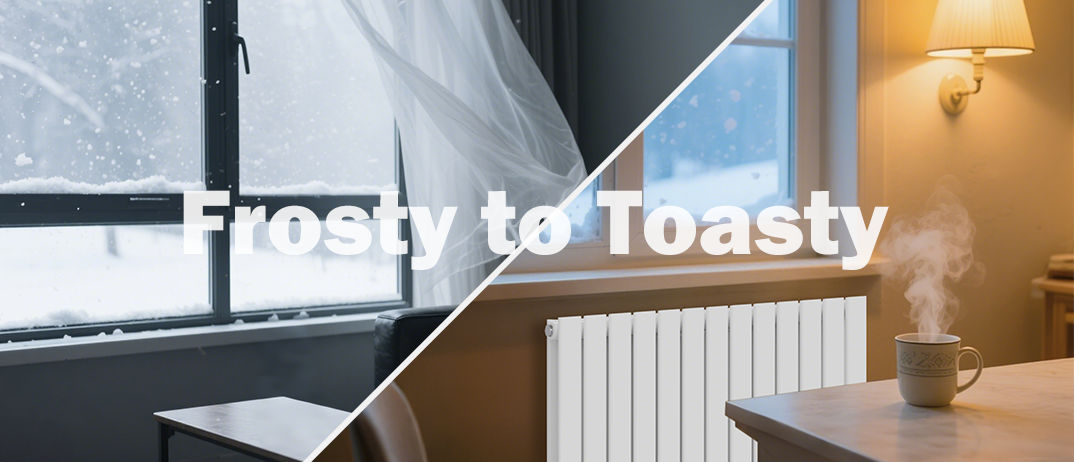Why Heating Efficiency Matters in the UK
UK homes, especially older terraced or semi-detached ones, are notorious for poor insulation. With rising energy costs and cold winters, it's vital to get the most out of your heating system - not just for comfort, but for your wallet too.
Efficient heating isn't just about staying warm; it's about:
- Reducing energy bills
- Lowering carbon footprint
- Improving overall home comfort
- Ensuring even heat distribution across rooms
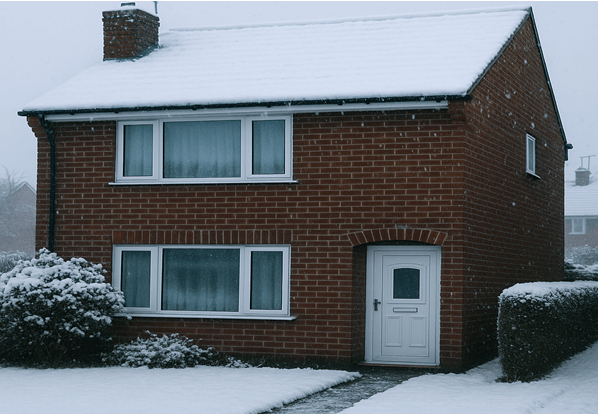
Radiator Placement Tips for UK Homes
Radiator positioning dramatically impacts efficiency and warmth distribution.
Here are key tips to ensure your radiators work at their best:
- Place radiators under windows to counteract cold drafts
- Avoid blocking radiators with furniture or long curtains
- Use radiator reflector panels on external-facing walls to reflect heat back into the room
- Improve wall insulation behind radiators, especially in older homes
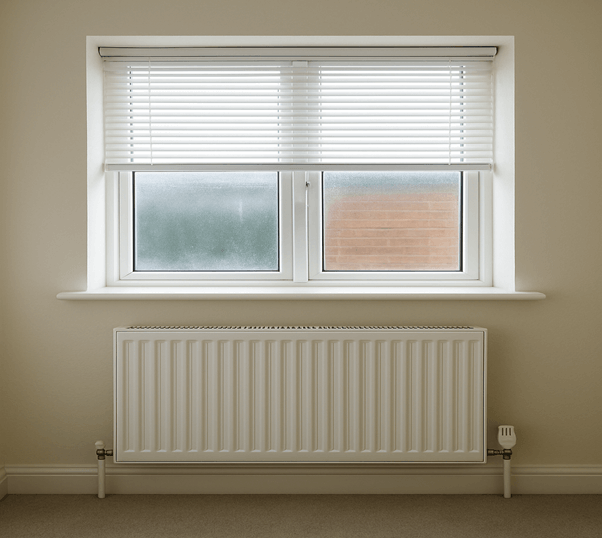
Best Radiator Types for Different Rooms
Different rooms have different heating needs. Here's a table to help you match radiator types to your space:
| Room Type | Recommended Radiator Type |
| Living Room | Column radiator or cast iron radiator |
| Bedrooms | Compact panel radiator |
| Kitchens | Horizontal slimline or stainless steel |
| Bathrooms | Towel radiator or dual-fuel radiator |
| Hallways | Vertical radiator or low-profile model |
Each type offers distinct advantages. For example, towel radiators double as a drying rack in bathrooms, while vertical radiators save space in narrow UK hallways.
Radiator Placement Tips
URadiator Placement Tips for Maximum Efficiency

Smart Radiator Valves and Thermostats
Smart tech can help you manage your heating room-by-room, hour-by-hour. Thermostatic Radiator Valves (TRVs) and smart thermostats like Hive or Nest are especially effective.
Benefits of Smart Heating Devices:
- Control temperatures via smartphone apps
- Set schedules for each room
- Reduce bills by heating only when/where needed
- Some models even adapt to your habits
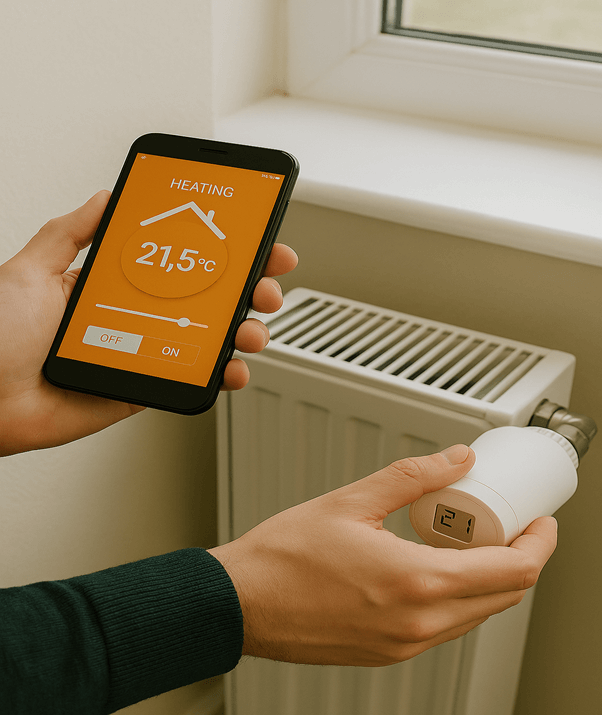
How to Bleed and Balance Your Radiators
Air trapped inside your radiator reduces performance. Bleeding your radiator helps remove this trapped air.
How to Bleed a Radiator:
- Turn off the heating
- Use a radiator key to open the bleed valve
- Let air escape until water dribbles out
- Close the valve and check pressure
Balancing Radiators:
Balancing ensures even heat distribution across all rooms. If one radiator gets hot and another stays cold, your system needs balancing.
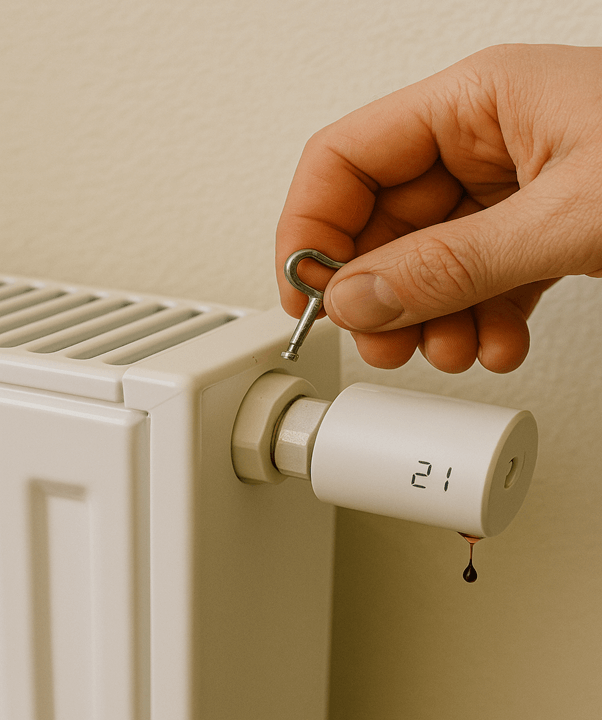
How Much Can You Save?
Upgrading your heating efficiency isn’t just a comfort boost—it’s a financial win.
| Upgrade | Approx. Savings (per year) |
| Bleeding and balancing radiators | £25–£50 |
| Installing TRVs and smart thermostat | £60–£150 |
| Adding radiator reflector panels | £15–£40 |
| Upgrading to modern A-rated radiators | £80–£200 |
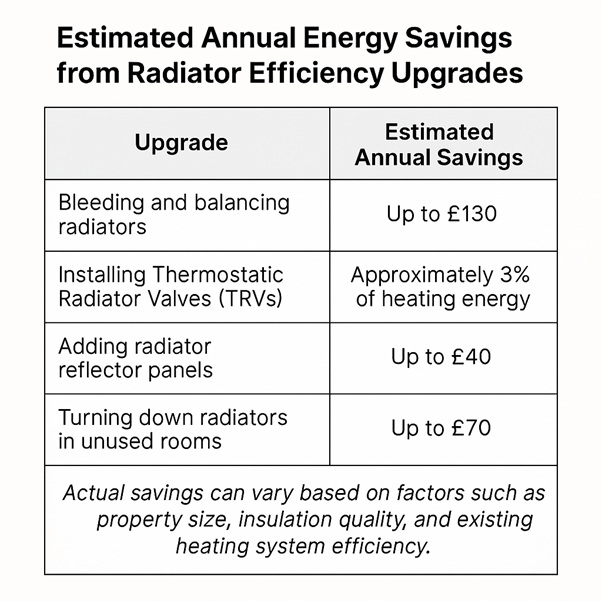
Insulation: Your First Line of Defence
Even the best radiators can’t work well if your home is poorly insulated.
Key Insulation Areas:
- Loft insulation (270mm recommended)
- Cavity wall insulation
- Floor insulation (especially timber floors)
- Double or triple glazed windows
Combined with efficient radiators, proper insulation can cut energy loss by up to 40%.
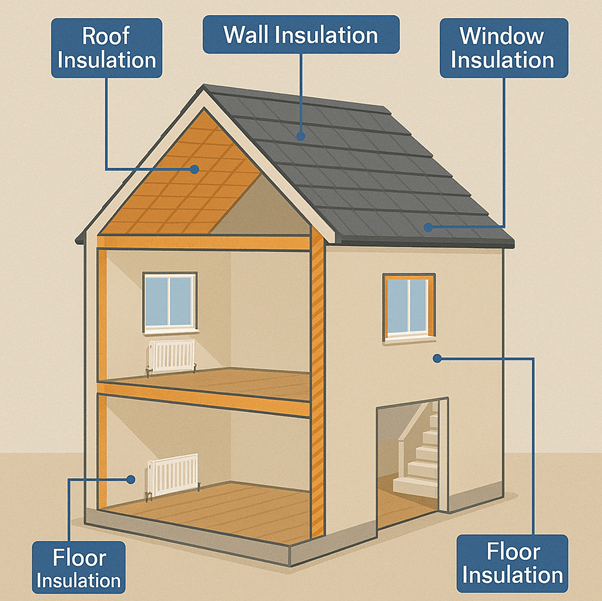
When Should You Replace a Radiator?
Radiators typically last 10–15 years. Signs you may need a replacement:
- Cold spots despite bleeding
- Leaks or rust
- Outdated style or poor performance
- Expensive to run compared to modern models
Tip: Consider upgrading to aluminium radiators—they heat up faster and are more energy-efficient than steel or cast iron.
Bonus: Top 3 Radiators for UK Homes in 2025
1. Designer Radiator
A sleek, vertical solution for modern interiors — perfect for hallways, kitchens, and compact living spaces where style meets function.
2. Column Radiator
A timeless design with powerful heat output — ideal for period homes, large bedrooms, and traditional living rooms.
3. Heated Towel Rail
Practical and stylish — keeps your bathroom warm and your towels dry, making it the go-to choice for bathrooms and en-suites.
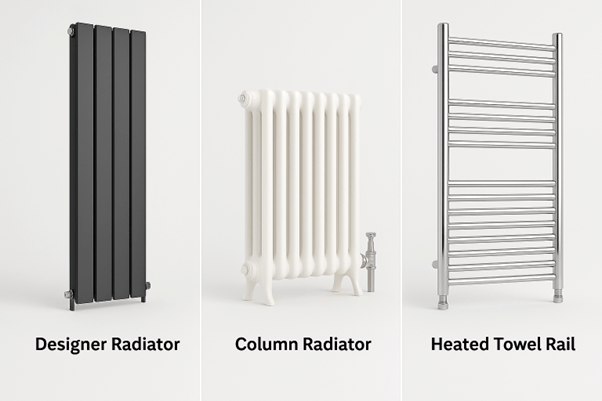
Final Checklist for an Efficient Heating Setup
✔️Use TRVs on every radiator
✔️Bleed radiators annually
✔️Install radiator reflectors
✔️Schedule a boiler service
✔️Add smart thermostat and room sensors
✔️Upgrade insulation where possible
✔️Don’t obstruct radiators with furniture
Summary
A warm UK home is possible — and it doesn't have to cost the earth. By positioning radiators correctly, choosing the right models for each room, using smart technology, and maintaining your system, you can stay cozy and efficient all winter long.
FAQ's
Check for cold spots, age of the unit, and material type. Aluminium radiators, for example, are highly efficient and heat up quickly.
According to the Energy Saving Trust, 18–21°C is ideal for most households. Lowering your thermostat by 1°C can reduce bills by up to 10%.
Yes. Simple steps like bleeding radiators, installing TRVs, and using smart thermostats can save between £50–£200 annually depending on usage and home insulation.

